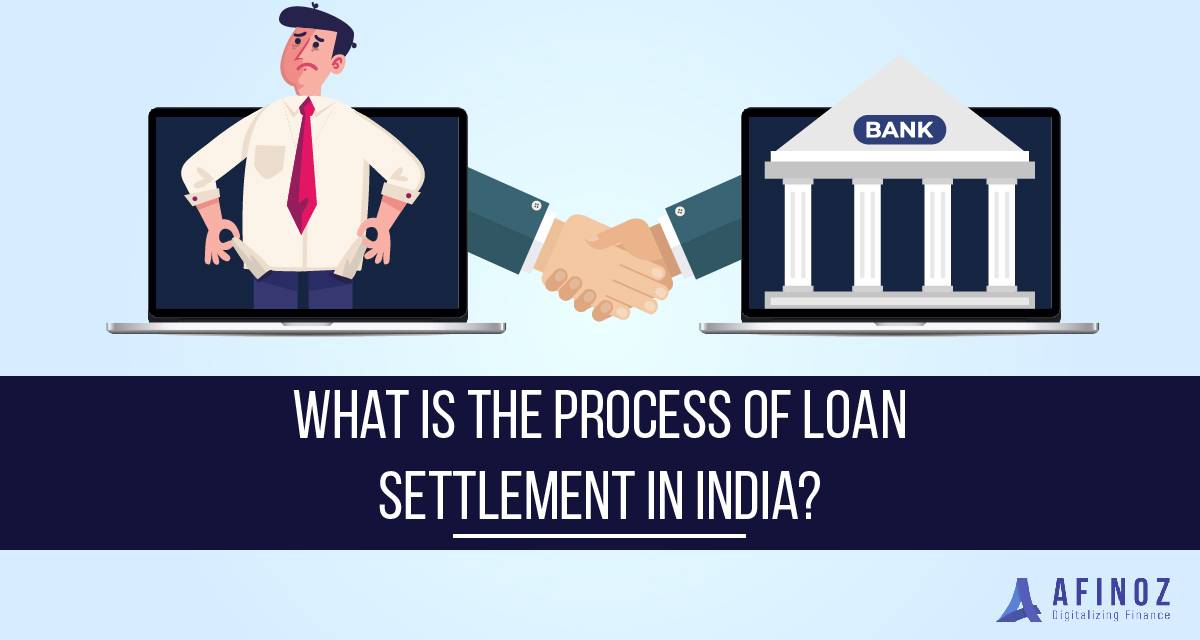Personal loan settlement is a financial process where a borrower negotiates with the lender to pay off a loan for less than the amount owed. This often happens when borrowers are unable to make regular payments due to financial hardship, and it can have significant implications for both the borrower’s financial standing and credit score. Here’s a detailed look at the process, its implications, and strategies involved in personal loan settlement.
- Definition and Purpose:
Personal loan settlement involves negotiating with the lender to reduce the outstanding loan amount. The lender agrees to accept a lump sum payment that is less than the total debt owed. This arrangement is beneficial for borrowers who are struggling to meet their repayment obligations and are at risk of defaulting on their loans.
- Reasons for Settlement:
Borrowers may seek loan settlement due to various reasons, including job loss, medical emergencies, unexpected expenses, or other financial hardships that make it difficult to continue regular payments.
The Settlement Process
- Assessment of Financial Situation:
Before approaching the lender, the borrower should thoroughly assess their financial situation. This includes evaluating income, expenses, assets, and other debts. Understanding their financial standing will help in negotiating a realistic settlement amount.
- Contacting the Lender:
The borrower needs to initiate communication with the lender, usually through the collections department. It’s essential to explain the financial hardship and the inability to continue making full payments.
- Negotiation:
Negotiation is a crucial step in the settlement process. Borrowers or their representatives (such as credit counseling agencies) propose a lump sum payment that is less than the outstanding loan amount. The lender may counter with a different amount, and negotiations continue until both parties agree on a settlement figure.
- Agreement and Documentation:
Once an agreement is reached, it should be documented in writing. The settlement agreement should outline the terms, including the settlement amount, payment deadline, and any conditions. Both parties should sign this agreement to make it legally binding.
- Payment:
The borrower needs to make the agreed lump sum payment within the stipulated time frame. Failure to do so can void the settlement agreement.
- Closure of Loan:
After the payment is made, the lender should provide a written confirmation that the loan has been settled. This is crucial for the borrower’s records and future reference.
Implications of Loan Settlement
- Impact on Credit Score:
Loan settlement can significantly impact the borrower’s credit score. While it resolves the immediate debt issue, it is recorded in the credit report as “settled” rather than “paid in full.” This indicates that the borrower did not repay the entire loan, which can be seen negatively by future lenders.
- Future Borrowing:
A settled loan can affect the borrower’s ability to obtain credit in the future. Lenders may view the borrower as a higher risk, which could result in higher interest rates or denial of credit applications.
- Tax Implications:
The amount of debt forgiven through settlement can be considered taxable income by tax authorities. Borrowers should consult a tax professional to understand the potential tax implications of their settlement.
Strategies for Effective Loan Settlement
- Professional Help:
Engaging with a credit counseling agency or a debt settlement company can provide professional assistance in negotiating with lenders. These professionals have experience and may be able to secure better settlement terms.
- Lump Sum Payment:
Lenders are more likely to agree to a settlement if the borrower can offer a lump sum payment. This provides immediate recovery of part of the debt for the lender.
- Timing:
The timing of the settlement offer can affect the outcome. Lenders may be more willing to negotiate towards the end of a financial quarter or year when they are looking to clear delinquent accounts from their books.
- Clear Communication:
Borrowers should communicate their financial situation clearly and honestly with the lender. Providing documentation of financial hardship can support the case for settlement.
- Understanding Lender’s Perspective:
Understanding the lender’s point of view can help in negotiations. Lenders are in the business of recovering as much of the loan as possible, so showing that settlement is a better alternative to potential default can be persuasive.
Conclusion
Personal loan settlement is a viable option for borrowers facing significant financial difficulties. It requires careful assessment, negotiation, and an understanding of the implications involved. While it can provide relief from overwhelming debt, borrowers should be aware of the potential negative impact on their credit score and future borrowing capacity. Engaging with financial professionals and having a clear, honest approach during negotiations can help in achieving a favourable settlement outcome.
Get in touch with us today at www.Settleloan.in and embark on your path to financial freedom



